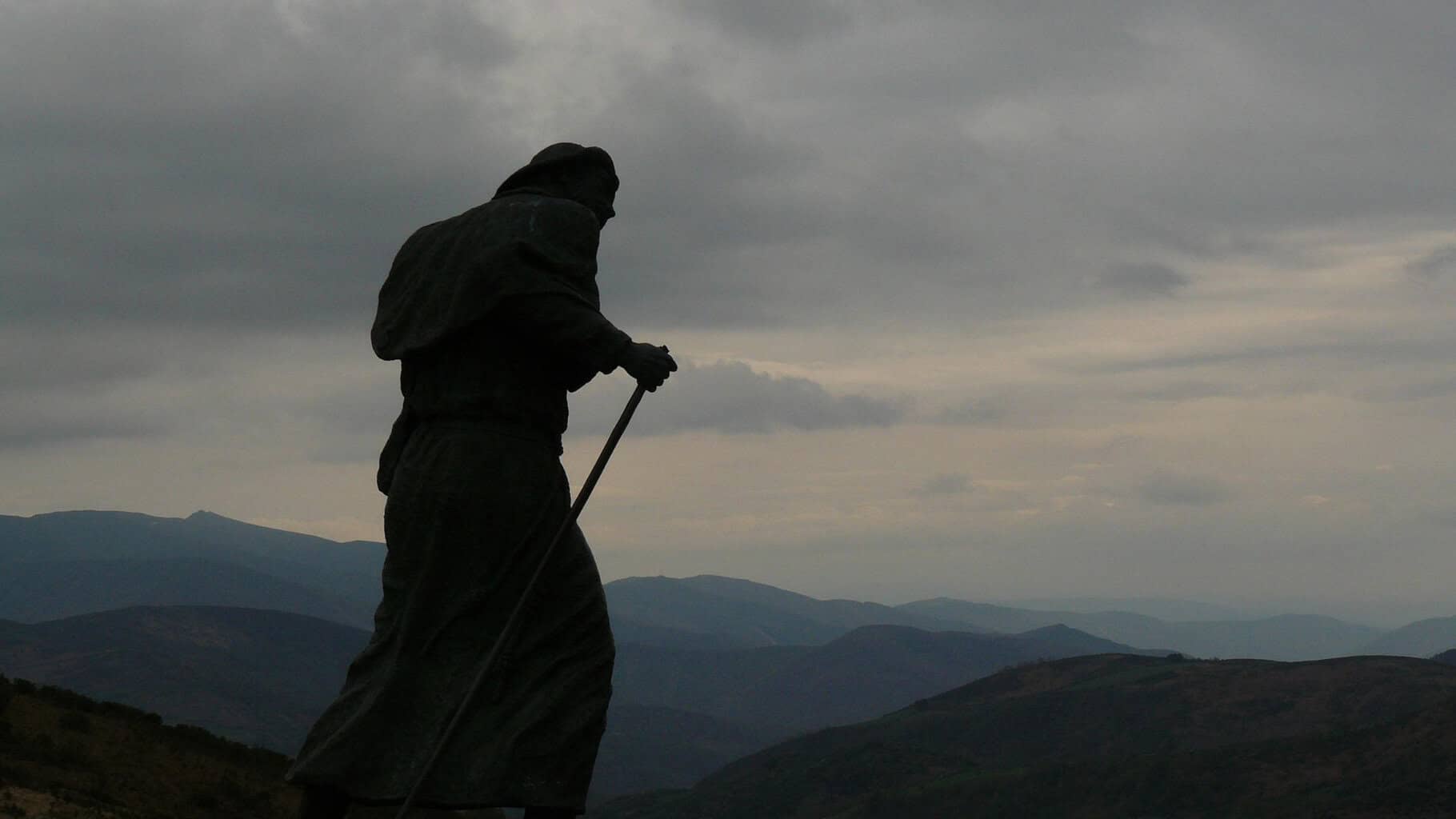Spain is a country known for its rich cultural heritage, stunning landscapes, and diverse culinary scene that includes some of the finest wines in the world. While many wine enthusiasts are familiar with regions like Rioja and Rías Baixas, there’s a hidden gem nestled in the northwest corner of Spain that deserves the spotlight: Ribeira Sacra.
The production of wine in Ribeira Sacra dates back to Roman times, making it one of Spain’s oldest winemaking regions. For that reason, learning about its history will make you really appreciate the relevance of this wine.
The name “Ribeira Sacra” translates to “Sacred Shore,” and it is believed to be derived from the numerous monasteries that were established along the Sil and Miño rivers. These religious communities shaped the landscape of the region, and their vineyards decorated every hillside, cultivating vines treacherous terraces.
These monasteries were key to the development and expansion of viticulture in the area. But even so, Ribeira Sacra remained relatively unknown to the wine world until recent decades. It’s now that we are discovering the region’s potential, as modern winemakers craft exceptional wines that reflect its unique terroir and heritage.

Grape Varieties – A Tapestry of Flavors
Ribeira Sacra boasts a wide range of grape varieties, that can be experienced on their own or mixed in its wines. The most popular grape variety is Mencía. It is also the most celebrated and recognized! But truth to be told, here are several others that play a significant role in crafting exceptional Ribeira Sacra wines:
- Mencía: The flagship grape of Ribeira Sacra, Mencía produces red wines with vibrant fruit flavors, floral notes, and a distinctive mineral edge.
- Godello: Among the white grape varieties, Godello stands out. It’s very popular in Galicia, and gaining recognition all over Spain. It yields crisp, aromatic wines with citrus, green apple, and stone fruit flavors. In Ribeira Sacra, Godello wines showcase a unique balance of acidity and texture.
- Albariño: Though more commonly associated with the neighboring Rías Baixas region, Albariño also thrives in Ribeira Sacra. These wines are known for their bright acidity, floral aromatics, and vibrant citrus and tropical fruit flavors.
- Merenzao (aka Bastardo): A lesser-known red grape in the region, Merenzao produces wines with red berries and spice notes, often displaying an elegant, lighter style that sets it apart from Mencía.
- Sousón: Another red grape variety, Sousón, contributes to the complexity of Ribeira Sacra’s red wines, offering dark fruit flavors, earthy undertones, and a robust structure.
- Alicante Bouschet: This grape adds depth and color to Ribeira Sacra’s red blends, contributing dark fruit, spice, and a solid tannic backbone.
Monforte de Lemos: the capital city of Ribeira Sacra
The picturesque town of Monforte de Lemos could be named as the capital city of Ribeira Sacra for its link to its wines. This village is not only the perfect destination to visit the region’s terraced vineyards but also home to some of its most historic and renowned wineries. It’s a charming and convenient base for wine enthusiasts seeking to explore the hidden gems of Ribeira Sacra!
Together with its history and beautiful architecture, Monforte de Lemos is also a main stop in the Camino de Invierno. If you choose this route, reserve some time to discover Monforte’s wine bars and restaurants. You’ll enjoy some amazing vinos surrounded by stunning views of the surrounding landscapes.

Discover it by yourself!
If you need help organizing your trip to Camino de Invierno or any Camino route, reach out and ask for a quote! We’d love to help you plan the Camino of your dreams!







